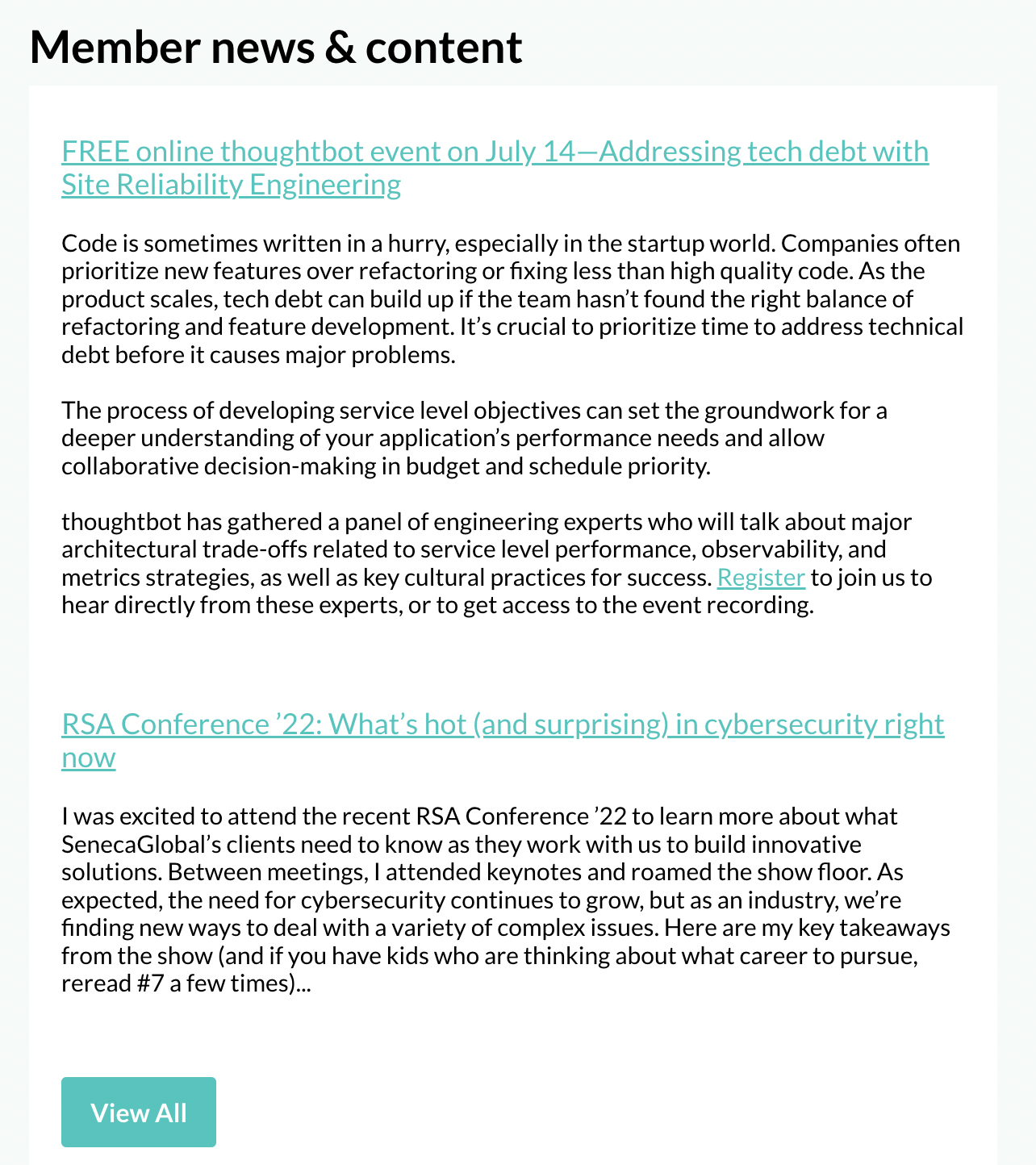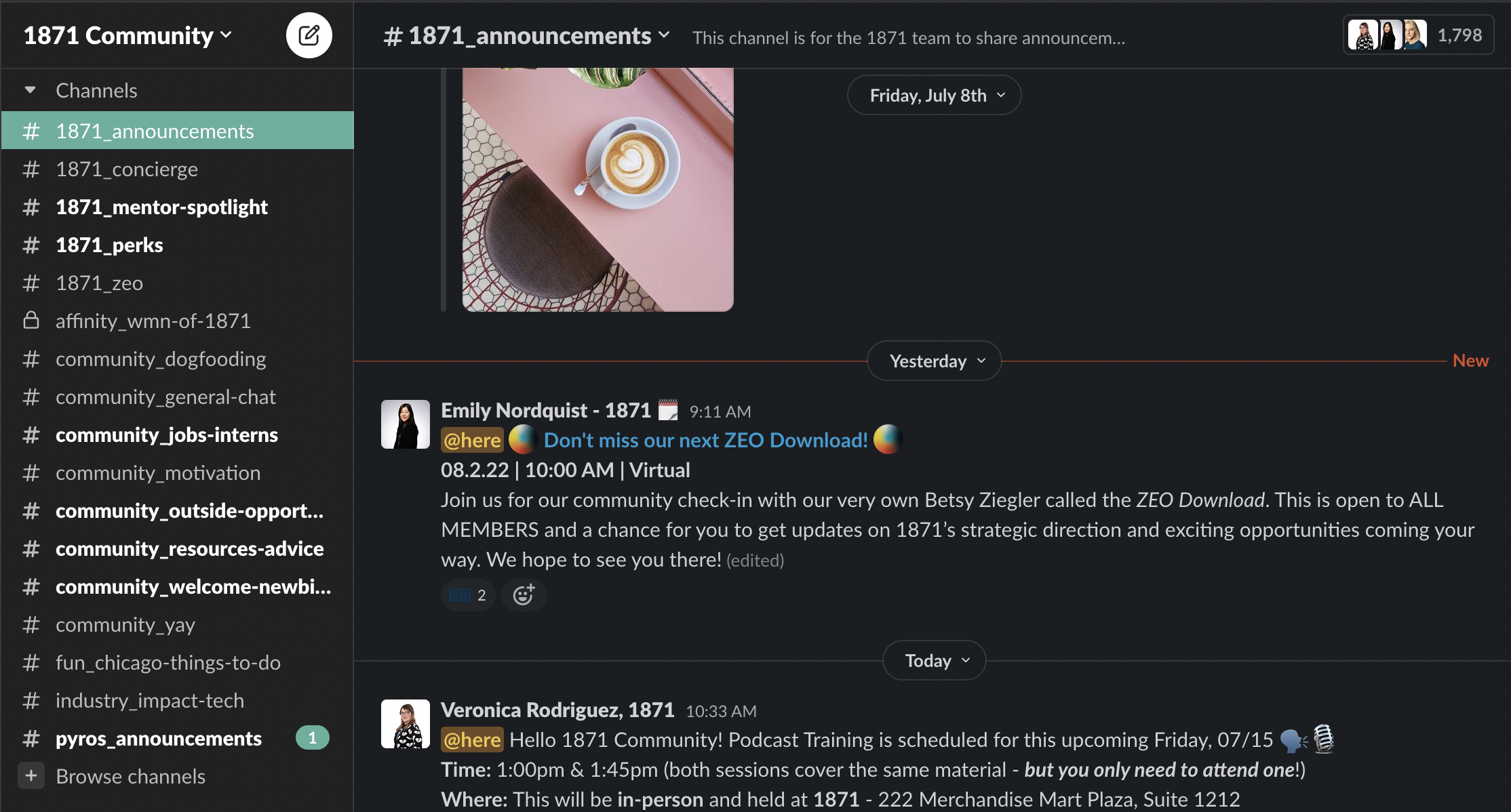For many CIOs and IT leaders, recent events have forced a reconsideration of priorities and plans. Keeping the lights on and maintaining basic IT functions is where most have put their efforts.
While the challenges are many and taking action might seem risky, this could actually be the ideal time to implement some long-term projects. With many employees remote and disruption already the norm, now might be the perfect time to implement a technology refresh.
Let’s take a look.
Disruption Begets Disruption
Certainly, the outbreak of the coronavirus across the globe has been a major disruption and a tragedy for many. Business leaders have, for good reason, pulled back from engaging in major activities and been wary of new projects.
Yet, as leading business analysts note, the idea of disaster and opportunity go hand-in-hand. John D. Rockefeller subscribed to this notion, as did Winston Churchill. Vice President Al Gore captured the idea in his 2007 Nobel Laureate lecture:
“In the Kanji characters used in both Chinese and Japanese, the word ‘crisis’ is written with two symbols, the first meaning ‘danger’ and the second ‘opportunity.’”
In fact, the halting uncertainty of present circumstances provides an ideal moment of reflective pause. It is now that leaders of all sorts – including CIOs and IT leaders – must reflect and then take action. It is this second part that catches many.

Is It Time For A Technology Refresh?
For technology leaders, part of the challenge with taking action is determining when to begin. Most likely have a repository of technology refresh projects ready to go, but how can you gather buy-in from other business leaders and get started.
Here are a few signals that now is the time for your technology refresh.
1. You’re Renegotiating Contracts.
If you are cutting costs by renegotiating contracts, it might seem counterintuitive to spend money elsewhere. However, you’ve already done half of the work of a technology refresh. Quantifying a technology refresh value requires the same data – what services you have, what you need, and where your costs are currently going.
By prioritizing your current contracts, you have already started building out your strategy for a technology refresh.

2. The Remote Access Pressure Is Rising.
IT leaders in businesses across the world are facing increased pressure from clients and employees to support remote access. While the Covid-19 crisis has accelerated that drive, the data shows this was already the trend. Even after the workforce settles into a normal routine, that normal will be influenced by the expectations set during coronavirus.
Adapt early and adopt a strategy that puts remote access at the forefront of your technology refresh plans.

3. Cyberattacks Frighten You.
Let’s start with a quick level-set: you should be scared, or at least practically cognizant, of the realities of cyber threats. Data breaches and phishing attacks have been on the rise for the last several years, and – like Churchill, Gore, and Rockefeller – cyber criminals see opportunity in crisis.
Unsupported or out-of-date software is a basic avenue cyber criminals explore. Close that gap with a technology refresh.

4. Upcoming EOS Cycles Are Expected.
End-of-support (EOS) cycles can be a major headache for IT leaders. Take the opportunity offered by this disruption to ensure you have a complete view of the upgrade lifecycle. Determine how you can best use your time and resources to proactively engage in a technology refresh to preempt – and hopefully disperse – those potential disruptions.
One example is the upcoming EOS cycle for MS Office 2010 in October 2020. Are you ready?

5. You Need To Improve ROI And Optimize Costs.
Now is, in fact, an ideal time to do the granular work of determining how to increase ROI and optimize technology costs. Have you been considering a cloud migration? Are there elements of your technology stack that can be optimized or downsized (or upgraded) to increase efficiency or decrease risk?
This might be the best time to examine the many variables contributing to your ROI – and make more strategic decisions.

There’s Never A “Perfect” Time For A Technology Refresh
It’s disruptive. It has a cost. It takes time to define a strategy and take action. These are obstacles to engaging in a technology refresh.
Businesses are already facing massive disruptions and uncertain cost structures and timeframes. Lean into the challenge and make the change you need to come out on the other side of this crisis event a leader
Start with an Insights Report to get visibility into your current infrastructure and cloud environments. It’s a strategic way to gather intelligence and make proactive decisions.

This post originally appeared on the Mindsight blog, here.
Join as an 1871 Early Stage Member.
Attend info sessionSubscribe to our ICYMI newsletter.
Share this post:



